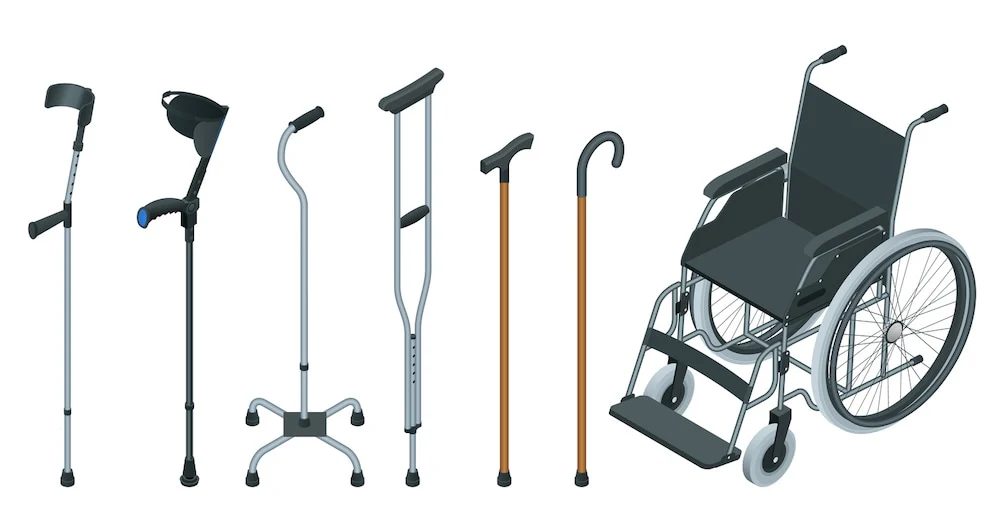A recent study involving over 175,000 individuals from 25 countries found that people in low- and middle-income countries experience greater difficulties with daily activities and are less likely to use assistive devices than those in high-income countries. These findings highlight the global burden of disability, particularly in low-income regions.
Despite improvements in life expectancy and declines in death and cardiovascular disease rates worldwide, individuals in low- and middle-income countries still face significantly poorer health outcomes than those in high-income countries. However, data on the global prevalence of disabilities and their differences across countries are limited.
In the first prospective study of its kind, conducted in 25 countries, over 175,000 participants were surveyed about limitations in mobility, vision, and hearing. The study revealed that activity limitations are common worldwide, especially in older adults and women, with walking, bending, and seeing being the most frequent challenges. About one-third of participants reported at least one limitation, with such issues being more common in low- and middle-income countries, where walking impairment was twice as prevalent and visual impairment five times more prevalent compared to high-income countries.
The study, part of the ongoing Prospective Urban Rural Epidemiological (PURE) study, collected data from participants aged 35 to 70 using standardised questionnaires and followed them for an average of 11 years, up to a maximum of 20 years.
Low-cost assistive devices, such as canes or glasses, can alleviate or rectify activity limitations in daily life. However, the study found that despite a higher percentage of people with activity limitations in low- and middle-income countries, the use of simple devices like canes, walkers, glasses, and hearing aids was less than half that in high-income countries.
The researchers note that access to assistive devices is crucial for helping individuals with disabilities achieve their potential and improve their quality of life. Limited access to these devices in low—and middle-income countries presents a significant opportunity for health policies and interventions. Movement limitations were associated with serious health problems, including higher risks of death, cardiovascular disease, pneumonia, and falls.
The stark contrast between high-income and low- and middle-income countries underscores the need for policies and programmes to ensure that people with disabilities have access to essential assistive devices and resources to maintain their health. It is also important to understand the factors contributing to these activity limitations and develop public health strategies to prevent them, enabling people to live longer, healthier, and happier lives.
Source: McMaster University
Image Credit: iStock






